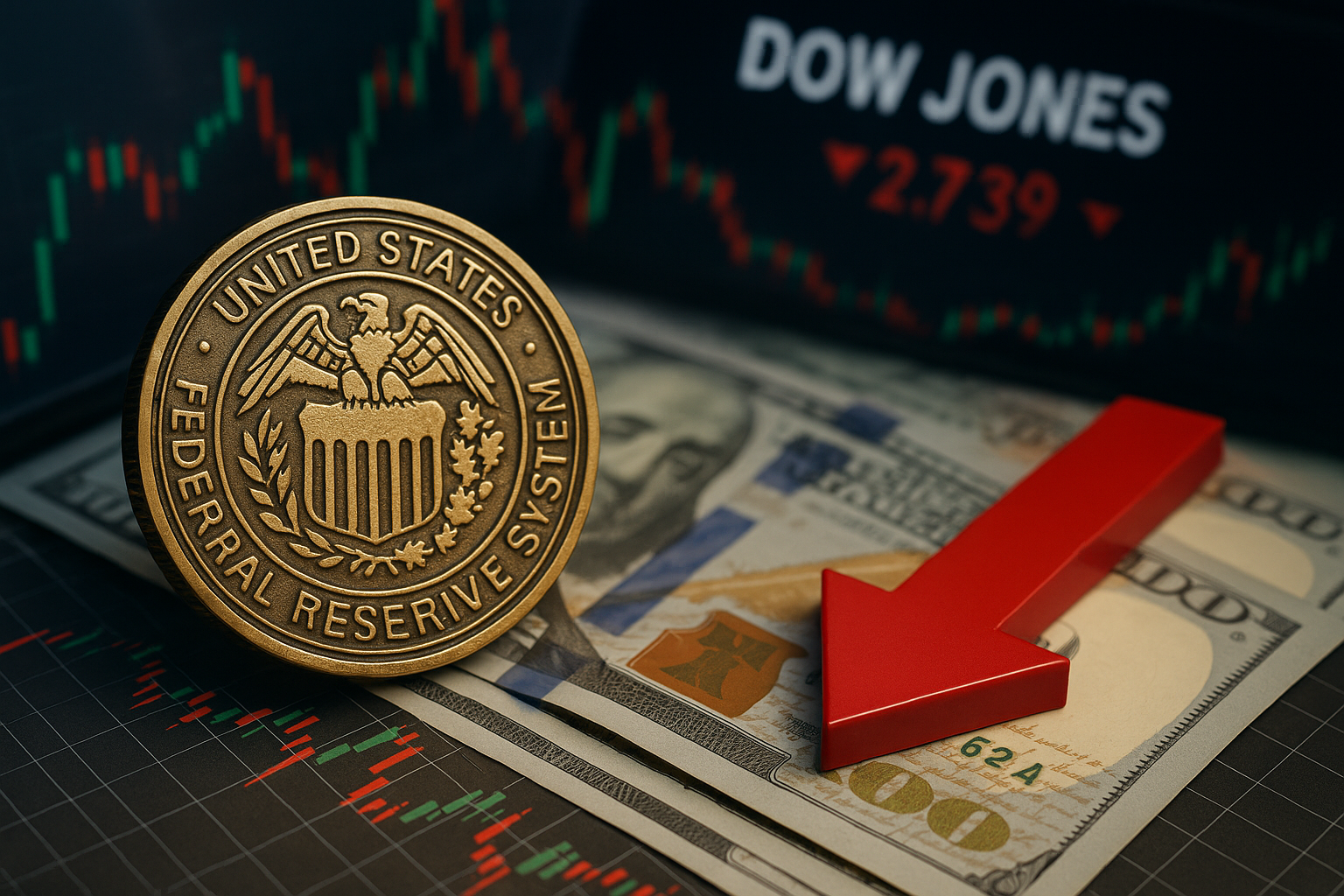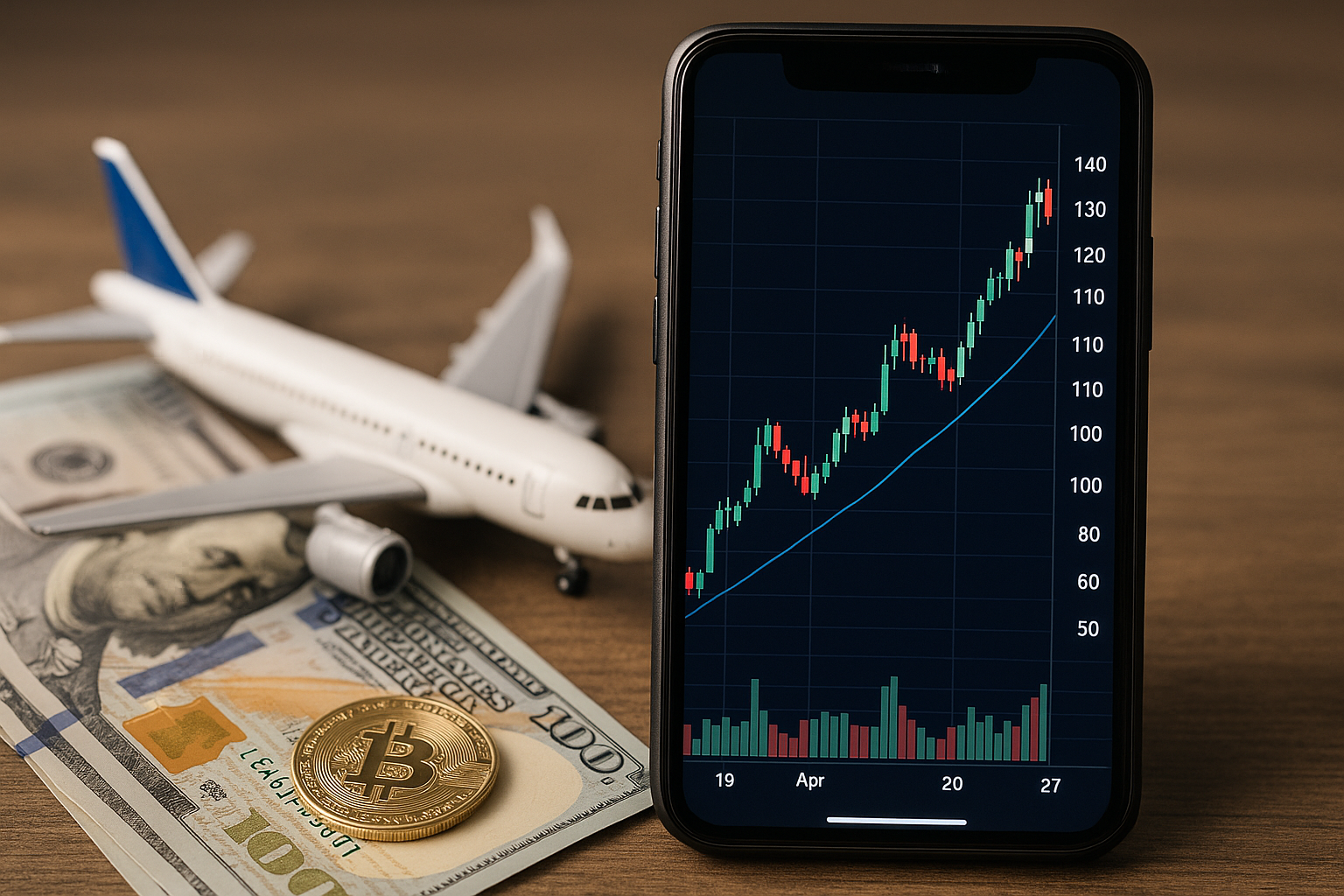U.S. equities surged this week as fresh labor data pointed to a cooling jobs market, bolstering investor confidence that the Federal Reserve could soon pivot to rate cuts. The S&P 500 climbed to another record high, while the Nasdaq and Dow also gained momentum, reflecting a market increasingly betting on easier monetary policy ahead.
Wall Street Bets on Dovish Fed Shift
Markets responded sharply to new evidence of labor market weakness. The latest Job Openings and Labor Turnover Survey (JOLTS) showed a notable decline in job vacancies, while ADP’s private payrolls report fell short of expectations. Together, these figures reinforced the view that the labor market is losing steam—a development many investors see as clearing the path for rate relief.
According to Barron’s, the rally was underpinned by mounting speculation that the Fed could deliver its first rate cut as early as this fall. Reuters reported that futures markets are now pricing in a nearly 70% probability of a cut at the Fed’s next meeting, up significantly from just a week ago.
“The market is reading weak jobs data as confirmation that the Fed’s aggressive tightening has finally cooled the economy,” said one senior strategist at a major Wall Street bank. “Investors are effectively front-running a policy pivot.”
Why This Matters for Investors
The shift in expectations is critical for sectors most sensitive to interest rates. Housing, consumer discretionary, and technology all saw outsized gains during the latest rally, as lower borrowing costs would directly boost demand.
Bond yields also edged lower, providing relief to equity valuations that have been stretched in recent months. A softer labor market signals lower inflationary pressures, giving the Fed more room to act without stoking fears of runaway price growth.
Meanwhile, traders will be laser-focused on the official nonfarm payrolls report due Friday. A weak headline print could further cement expectations of a dovish pivot, while a surprise beat might inject volatility back into rate-sensitive plays.
Global Implications and Market Dynamics
Beyond U.S. borders, the ripple effects of a Fed pivot are substantial. A dovish turn would likely weaken the U.S. dollar, boosting commodity prices and emerging market equities that benefit from cheaper dollar-denominated debt. Already, gold has surged to record levels above $3,500 per ounce, as investors seek both a hedge against uncertainty and a play on lower real rates.
Technology stocks, particularly in the AI and semiconductor sectors, continue to attract inflows as investors rotate toward growth-sensitive assets. Broadcom’s recent $10 billion AI infrastructure deal only added fuel to the sector’s bullish narrative this week.
For fixed-income investors, Treasuries could see renewed demand, particularly in the 10- and 30-year maturities, as falling yields revive interest in long-duration assets.
Future Trends to Watch
- Friday’s Jobs Report: A critical test for the Fed narrative. Weak data would validate current market pricing of rate cuts.
- Inflation Data: With CPI and PPI still ahead this month, inflation figures could reinforce or challenge the Fed’s trajectory.
- Global Central Banks: Investors should track parallel moves from the European Central Bank and Bank of England, which face similar growth-inflation trade-offs.
- Sectoral Opportunities: Housing, consumer discretionary, and tech stand to benefit most if policy eases, while banks could face margin pressure from lower rates.
Key Investment Insight
For investors, the latest market rally underscores the importance of positioning portfolios for a potential Fed pivot. Rate-sensitive sectors like housing, retail, and high-growth tech may see sustained upside, while safe-haven assets such as gold remain attractive as hedges. At the same time, volatility remains a key risk if upcoming labor or inflation data surprises to the upside, delaying the Fed’s move.
Active investors may consider a barbell strategy—balancing exposure to growth stocks that thrive on lower rates with defensive allocations in gold or Treasuries to guard against policy uncertainty.
Stay Ahead with MoneyNews.Today
The path of U.S. monetary policy remains the defining force for global markets. With labor data now signaling cracks in the economy, investors face both opportunities and risks as the Fed’s next moves take shape. Stay with MoneyNews.Today for daily insights, sharp analysis, and actionable coverage of the trends shaping your portfolio.





